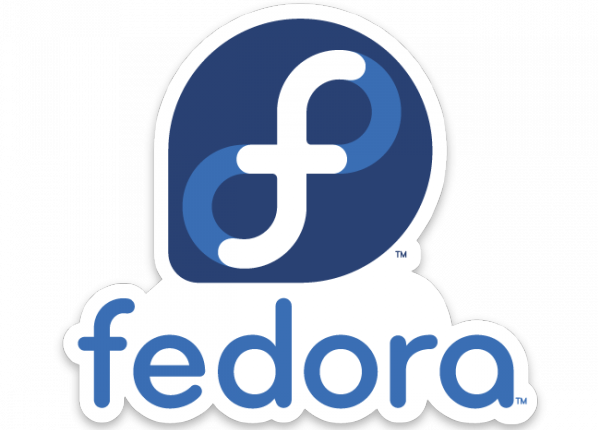
[This message comes directly from the desk of the Fedora Project Leader. Enjoy the Fedora 28 release. — Ed.]
Hey everyone! It’s May, right around Mother’s Day in many countries, and that means it’s time for the next Fedora operating system release: Fedora 28 is here!
Read more below, or just go straight to download from:
- Get Fedora 28 Workstation
- Get Fedora 28 Server
- Get Fedora 28 Atomic Host ← includes click-to-launch link for Amazon EC2
If you’re already using Fedora, you can upgrade from the command line or use GNOME Software for an easy graphical update — upgrade instructions here. We’ve put a lot of work into making upgrades simple and fast. In most cases, this will take half an hour or so, bringing you right back to a working system with no hassle. (Personally, I ran the commands on my main desktop right before bedtime last night, and came back to a perfectly working system when I woke up.)
What’s new in Fedora 28?
The headline feature for Fedora 28 Server is the inclusion of the new Modular repository. This lets you select between different versions of software like NodeJS or Django, so you can chose the stack you need for your software. Interested? Check out the documentation for using modules. Also of note: 64-bit ARM (Aarch64) is now a primary architecture for Fedora Server.
Fedora 28 Workstation has big news too. For the first time, we’re making it easy for users to enable certain third-party software sources, including proprietary Nvidia drivers. We’ve worked for a long time to figure out the right way to do this without compromising our ideals, and I think the opt-in approach we’re trying now does it well. Read more in the Magazine article on third-party repos, and also check out other F28 Workstation news.
Fedora Atomic Host adds one of my favorite features from my former life as a sysadmin: automatic updates. This is off by default — see the AutomaticUpdatePolicy option for rpm-ostree, and this blog post for more information. Fedora Atomic Host also includes Kubernetes 1.9 and the podmantool.
As always, there’s great new stuff across the whole distribution — read more in therelease notes.
Many flavors of Fedora
Fedora Workstation is built on GNOME (now version 3.28). If you’re interested in other popular desktop environments like KDE, Xfce, Cinnamon, and more, check out Fedora Spins. Or, for versions of Fedora tailored to special use cases like Astronomy, Design, Security, Robotics, or teaching Python, see Fedora Labs. If you want a Fedora environment to build on in EC2, OpenStack, and other cloud environments, there’s the Fedora Cloud Base. Plus, we’ve got network installers, other architectures (like Power and 64-bit ARM), BitTorrent links, and more atFedora Alternative Downloads. And, not to be forgotten: if you’re looking to put Fedora on a Raspberry Pi or other ARM device, get images from the Fedora ARMpage.
Fedora makes a lot of different things, because we’re a project with many people with many different interests. If you don’t find exactly what you’re interested in, you can Join the Fedora Project and work with us to create it. Our mission is to build a platform which enables contributors and other developers to solve all kinds of user problems, on our foundations of Freedom, Friendship, Features, and First. If the problem you want to solve isn’t yet addressed, Fedora can help you fix that.
Thanks to the whole Fedora community!
Once again, this release marks the best one yet. It’s no surprise, because it’s the result of dedication, love, and many hours of hard work from thousands of Fedora contributors every year. Thank you so much to this amazing community for making this happen.
Oh, and one more thing… in the human world, even the best release ever can’t be perfect. There are always corner cases and late-breaking issues. Check out Common F28 Bugs if you run into something strange. If you find a problem, help us make things better. But mostly, enjoy Fedora 28!
— Matthew
About the author |
|
 |
Tom Thorp is an IT Consultant living in Miami on Queensland's Gold Coast. With more than 30 years working in the IT industry, he has extensive experience. The IT services provided to clients include:
Website development and hosting,
Database Administration, Server Administration (Windows, Linux, Apple), PBX Hosting and Administration, Helpdesk Support (end-user & technical). |
| If you like any of my content, consider a donation via Crypto by clicking on one of the payment methods:. | |




